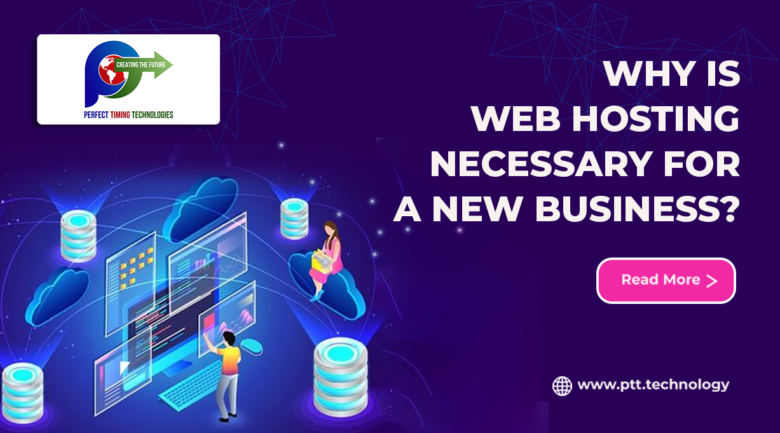
With technological advancements pacing up, more businesses are adopting innovative solutions to be at the top. Generative AI is one such innovation that has taken the technology industry by storm.
So in this article, we will learn briefly about generative AI and its potential to change the business industry.
Understanding Generative AI
Generative AI refers to a class of artificial intelligence models and algorithms designed to generate new content or data that resembles a specific type of input it was trained on. Unlike traditional AI models typically used for classification or prediction tasks, generative AI models focus on creating new, original content.
Generative AI models can produce various outputs, such as images, music, text, and videos. These models are often trained using large datasets and employ techniques like deep learning and neural networks to learn patterns and generate novel content based on those patterns.
Some of the best generative AI tools include-
- ChatGPT, an AI language model developed by OpenAI that generates human-like text when prompted.
- DALL-E 2, the other generative AI model developed by OpenAI for creating images and artwork from text-based prompts.
Additionally, generative AI has applications in data augmentation, where it can create additional training examples to improve the performance of other AI models.
How is Generative AI Changing the Business Industry?
Given below are the different ways Generative AI is transforming modern businesses-
- Realistic Content Generation: Generative AI models efficiently automate and streamline content creation processes. For instance, Generative AI can assist artists, designers, and writers by generating ideas, creating artwork, composing music, or even generating advertising copy. It enables businesses to produce content more efficiently and at a larger scale.
- Innovative Product Design: Generative AI aids product design by generating and exploring new design possibilities. By inputting parameters and constraints, businesses can use Generative AI to create and iterate through various design options. It allows any business to discover innovative solutions and accelerate the design process.
- Customization and Recommendation Systems: Generative AI models can analyze user preferences and generate personalized recommendations. Understanding user behaviour and preferences can help businesses offer tailored product recommendations, customized marketing campaigns, and user experiences. It enhances customer satisfaction and drives engagement.
- Data Augmentation: Generative AI can augment datasets for training other AI models. By generating synthetic data samples, businesses can overcome data scarcity issues and improve the performance and generalization of their AI models. It gets used in domains where collecting large labelled datasets is challenging or expensive.
- Virtual Assistants and Chatbots: Generative AI employs in developing virtual assistants and chatbots to generate natural language responses. These AI-powered conversational agents can understand user queries, generate relevant and contextually appropriate responses, and provide customer support or assistance. It helps in automating customer interactions and improving the overall customer experience.
- Fraud Detection and Cybersecurity: Generative AI can detect and prevent fraud by analyzing patterns and anomalies in large volumes of data. It can generate models that learn from historical fraud data and identify fraudulent activities in real time, helping businesses to mitigate risks and enhance security measures.
- Simulation and Scenario Planning: Generative AI can generate simulated scenarios and models based on historical data. It allows businesses to simulate various scenarios, test hypotheses, and evaluate potential outcomes before making critical decisions. It aids in strategic planning, risk management, and optimization of business processes.
Conclusion
Generative AI provides businesses with new tools and capabilities to automate tasks, enhance productivity, improve decision-making, and deliver personalized experiences. Businesses can harness the power of AI in creative and innovative ways, transforming various aspects of their operations and unlocking new growth opportunities.







